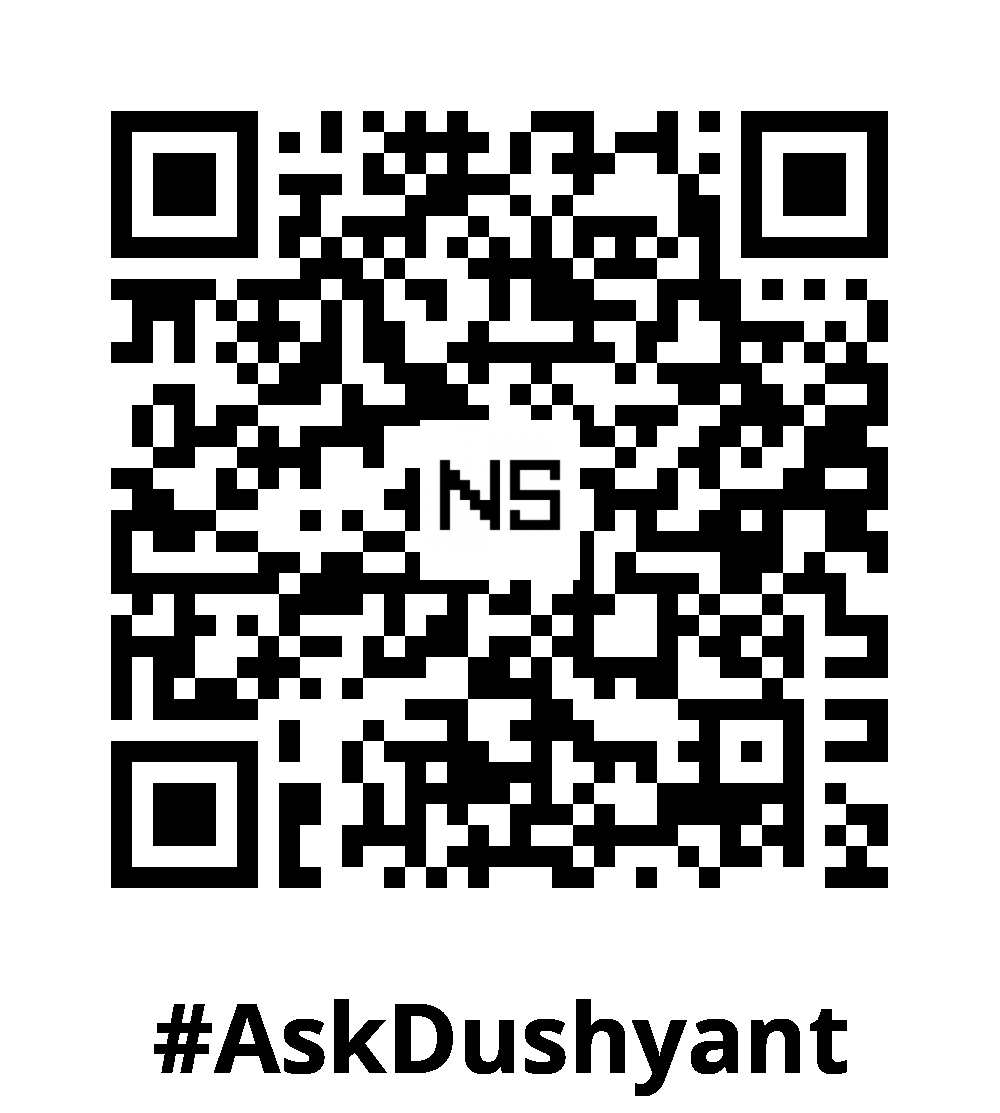If you’re a Windows user exploring the power of Linux through Windows Subsystem for Linux (WSL), you’re on the right path. WSL gives you access to a full-fledged Linux terminal without leaving your Windows environment — perfect for developers, sysadmins, and tech learners.
But to truly harness Linux’s potential, you need to speak its language — the command line.
This tech concept, introduces you to the most important Linux commands every beginner should know, especially if you’re using WSL on Windows 10 or 11. These essential commands will help you navigate files, manage software, monitor your system, and automate tasks like a pro. Two decades in tech taught me one thing—technology can change lives. I’ve built, led, and helped businesses grow with it. Now, I’m sharing my experience so you can start strong and dream even bigger.
What Is WSL, and Why Learn Linux Commands?
WSL (Windows Subsystem for Linux) allows you to run a Linux distribution (like Ubuntu, Debian, or Kali) directly on Windows, without dual-booting or using a virtual machine.
With WSL, you can:
- Run Linux command-line tools
- Use Bash scripts
- Install Linux-based dev tools (Node.js, Python, Docker CLI, etc.)
- Work natively with Git, SSH, and package managers
Knowing Linux commands means you can bridge the Windows-Linux gap, automate tasks, and gain skills needed in DevOps, backend development, and cloud computing.
Top Linux (Bash) Commands Every Windows User Should Know
Let’s break it down into categories:
📁 File System Navigation
pwd – Print Working Directory
pwdDisplays your current directory path. Similar to checking your folder location in File Explorer.
ls – List Directory Contents
ls # List files
ls -la # List all files including hidden, with detailed infocd – Change Directory
cd /home/yourname/Documents
cd .. # Go up one level
cd ~ # Go to home directory📄 File and Directory Operations
mkdir – Make Directory
mkdir myfoldertouch – Create a New File
touch file.txtcp – Copy Files
cp source.txt destination.txtmv – Move/Rename Files
mv file.txt /some/other/path/
mv oldname.txt newname.txtrm – Remove File or Directory
rm file.txt
rm -r foldername # Remove directory recursively🔍 Searching and Viewing Content
cat – Display File Contents
cat file.txtless or more – View Large Files Page-by-Page
less largefile.loggrep – Search Inside Files
grep "search_term" file.txt⚙️ System Monitoring and Process Management
top – Live View of Running Processes
tophtop – Improved Process Viewer (install it first)
sudo apt install htop
htopps – Show Running Processes
ps auxkill – Stop a Process
kill PID📦 Package Management with apt
sudo apt update – Refresh Package Index
sudo apt updatesudo apt upgrade – Upgrade Installed Packages
sudo apt upgradesudo apt install <package> – Install Software
sudo apt install gitsudo apt remove <package> – Uninstall Software
sudo apt remove nodejs🔐 Permissions and Access
chmod – Change Permissions
chmod +x script.sh # Make script executablechown – Change File Ownership
sudo chown username:groupname file.txt💡 Bonus: Windows-Specific WSL Tricks
Open your WSL distro from PowerShell or CMD:
wslRun a Linux command from PowerShell:
wsl ls -la /homeAccess Windows files from Linux:
cd /mnt/c/Users/YourName/DesktopCopy files from Linux to Windows:
cp file.txt /mnt/c/Users/YourName/Documents/My Tech Advice: Mastering these Linux commands through WSL opens up a new world of productivity and development flexibility — all from your familiar Windows environment. Whether you’re automating tasks, coding in Python, or deploying Docker containers, Linux knowledge is a must-have skill in today’s tech world.
So start practicing. The terminal might look intimidating at first, but with WSL and this guide, you’re well on your way to becoming a power user.
Ready to build your own tech solution ? Try the above tech concept, or contact me for a tech advice!
#AskDushyant
Note: The names and information mentioned are based on my personal experience; however, they do not represent any formal statement.
#TechConcept #TechAdvice #WSL #Linux #Ubuntu #Windows


Leave a Reply